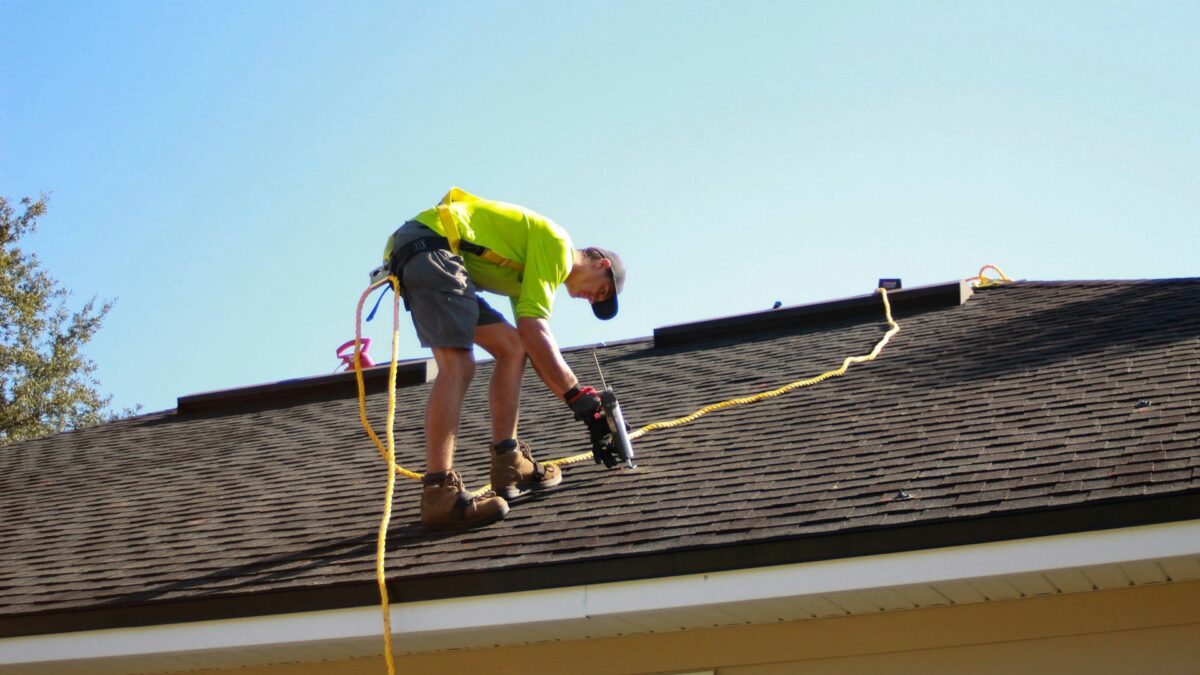Storm damage can be unpredictable, and while no property is entirely immune to severe weather, strategic preparation can go a long way in minimizing risk. Taking proactive steps can safeguard your home from costly repairs and reduce your chances of filing insurance claims. While upgrading your roof, securing outdoor items, and maintaining gutters are important, there are additional protective measures that can further strengthen your home’s defenses.
Your roof plays a critical role in protecting your property, making it one of the most important areas to reinforce. Strong winds, heavy rain, and flying debris can easily compromise a weak or aging roof. Installing impact-resistant shingles can provide better durability during storms, while reinforced flashing helps seal vulnerable areas like vents, chimneys, and skylights. Adding hurricane straps or bracing to rafters and trusses is another effective way to prevent roof sections from lifting during extreme winds. These reinforcements are especially valuable for older homes that may not meet modern storm protection standards.
In addition to roof reinforcements, upgrading your home’s siding can provide extra protection. Materials such as fiber cement or reinforced vinyl are designed to withstand heavy impacts, helping reduce the risk of cracks, dents, and water intrusion. Garage doors are another vulnerable entry point. Because of their size, garage doors are more susceptible to wind pressure and may buckle during a storm if not properly reinforced. Installing a wind-rated garage door or adding a bracing kit can help prevent structural failures that often result when garage doors collapse.
Water damage is another major concern during severe weather, especially for homes with basements or low-lying areas. Waterproofing your basement by sealing foundation walls, installing a sump pump with a battery backup, and ensuring proper drainage can reduce the risk of flooding. Clearing gutters regularly and ensuring downspouts extend several feet away from the foundation can further minimize the chance of water pooling around your home’s base.
Even with strong preventive measures in place, damage may still occur. Knowing how to respond quickly can prevent minor issues from escalating into costly repairs. After a storm, inspecting your property should be a top priority. Walk around your home and check for signs of damage, such as loose shingles, cracked siding, or fallen branches. Taking immediate steps to protect damaged areas, such as placing a tarp over exposed roof sections, can help reduce additional water intrusion while you wait for repairs.
It’s also important to address less obvious issues that may go unnoticed. Hidden problems like small leaks or weakened structural supports can worsen over time if not identified early. Scheduling a professional inspection after a severe storm can reveal these concerns before they lead to major repairs. Additionally, documenting any damage with clear photos can streamline the insurance claims process, ensuring you have the necessary evidence to support your case.
By combining proactive roof reinforcements with broader storm-proofing strategies and smart post-storm actions, you can reduce the risk of extensive damage and lower the chances of filing costly insurance claims. Investing in these protective steps today can provide peace of mind and save you from unexpected expenses when the next storm arrives.
For practical advice on strengthening your roof and safeguarding your home from severe weather, refer to the accompanying resource from Ariat Roofing, a provider of asphalt roofing systems.


